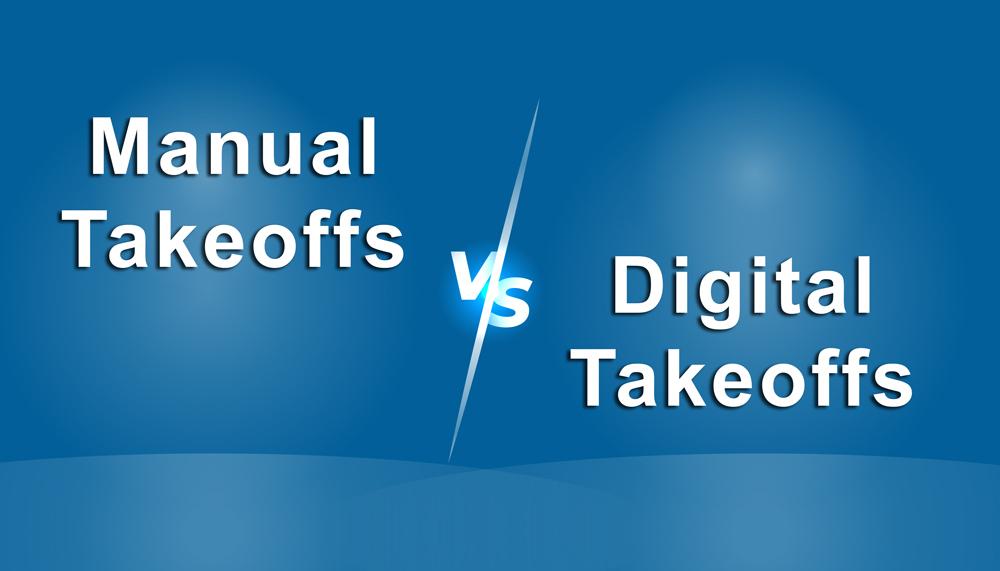Manual takeoffs and digital takeoffs represent two distinct approaches in construction estimation, each with its own set of advantages and characteristics. At Shalin Designs, we believe it’s crucial to grasp these differences to make informed decisions about estimation processes. Let’s delve into how manual takeoffs differentiate from digital takeoffs.
Manual Takeoffs Methodology and Process
Method: Manual takeoffs involve physical measurements and calculations based on blueprints or drawings.
Process: Estimators manually quantify materials, labor, and other project requirements by measuring dimensions and annotating drawings.
Tools: Traditional tools like rulers, scales, and calculators are used for precise measurements and calculations.
Expertise: Skilled estimators with experience in reading blueprints and performing manual calculations are crucial for accurate results.
Digital Takeoffs Methodology and Process
Method: Digital takeoffs utilize specialized software and technology for automated measurements and calculations.
Process: Estimators work with digital blueprints and models, using software tools to quantify materials, areas, and quantities automatically.
Tools: Advanced software such as CAD programs, estimating software, and BIM tools are employed for efficient and accurate takeoffs.
Automation: Automation reduces manual errors, speeds up the estimation process, and provides detailed reports and breakdowns.
Advantages of Manual Takeoffs
Precision: Skilled estimators can achieve a high level of precision in measurements, especially for complex or non-standard projects.
Flexibility: Manual methods allow adaptability in handling unique project requirements and variations.
Cost-Effective for Small Projects: For smaller-scale projects, manual takeoffs can be cost-effective without the need for expensive software investments.
Advantages of Digital Takeoffs
Speed and Efficiency: Digital tools significantly reduce the time required for estimations, improving overall project timelines.
Accuracy: Automation minimizes human errors, leading to more accurate cost estimations and project budgets.
Scalability: Digital tools can handle large-scale projects efficiently, scaling up to meet project demands without sacrificing accuracy.
Challenges and Considerations of Manual Takeoffs
Time-Consuming: Manual takeoffs can be time-consuming, especially for larger projects, potentially causing delays in estimation processes.
Human Error: Despite skilled estimators, manual methods are susceptible to human errors in measurement and calculation.
Limited Scalability: Manual processes may struggle to scale efficiently with increasing project complexity or size.
Challenges and Considerations of Digital Takeoffs
Learning Curve: Implementing digital takeoff software may require training and familiarization for estimators, impacting initial adoption timelines.
Cost of Software: Quality digital takeoff software can involve significant upfront costs, although it may provide long-term benefits.
Dependency on Technology: Technical issues or software limitations can occasionally disrupt digital takeoff processes, requiring technical support.
Conclusion
In summary, manual takeoffs and digital takeoffs offer distinct advantages and challenges in construction estimation. At Shalin Designs, we advocate for a hybrid approach that leverages the strengths of both methods. By combining manual expertise for precision-critical tasks and digital tools for efficiency and scalability, construction companies can achieve accurate estimations, streamlined workflows, and improved project outcomes.


